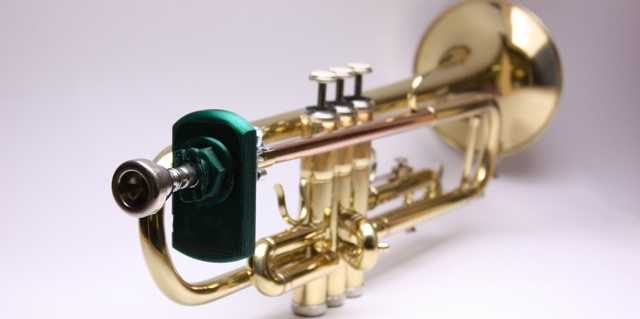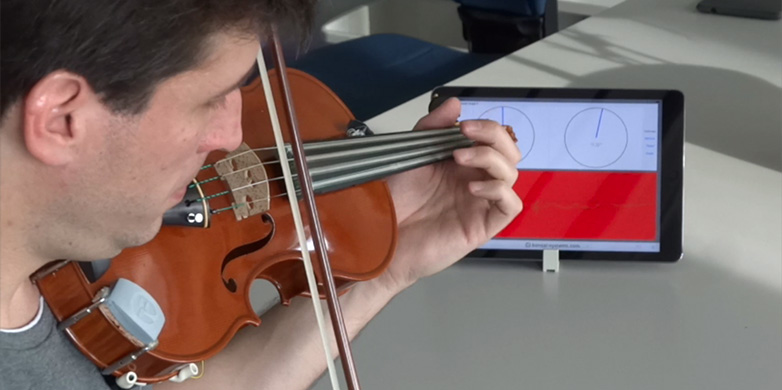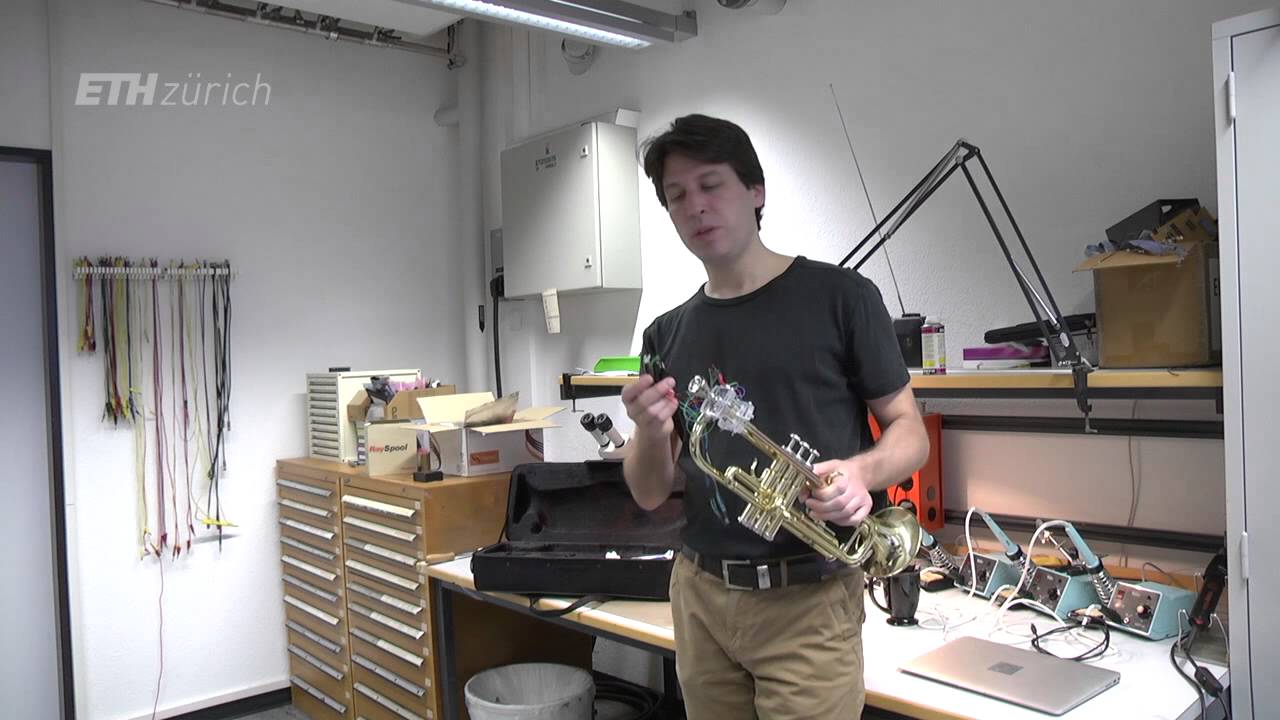Ce sont les données, qui font la musique
The ETH spin-off Bonsai Systems helps musicians to improve their movement, use of force and body position. The new technology for various instruments will be demonstrated at Scientifica. Visitors will be able to view and test the new tools for wind and string instruments.

The cello student sits in his lesson, glancing occasionally at his iPad. His cello teacher sits in the background, listening intently. If the ETH spin-off Bonsai Systems has its way, this is how music lessons of the future will look. Many cello teachers feel that the cello sounds freer when the thumb does not press too hard on the bow after beginning a bow stroke. But how do you teach a student to play more loosely, particularly if you have no idea of the force they are using? This is where the ETH spin-off can help. The sensors on the cello give an indication of how much pressure the player is putting on the bow, the fingerboard and the knees to hold the cello. They can use the app to control and optimise the pressure while playing. “This leaves more time for the teacher to focus on interpretation, sound and intonation,” says Tobias Grosshauser, who works in ETH’s Electronics Laboratory and is co-founder of Bonsai Systems.
Quick and easy
As with many spin-offs, the founders of Bonsai Systems had to persevere before they were able to present a marketable system. The measurement sensors were developed some time ago. However, Bonsai Systems recognised that success depends largely on making the system quick and easy to use. User-friendliness is particularly important in this music project for two reasons: first, musicians do not want to be hampered by the app and sensors – they want to be able to practise and play straight away. The trumpet mouthpiece with the sensors is therefore as easy to assemble as any other mouthpiece; in the violin, the sensors are inserted in the chin rest or applied to the relevant places using special adhesive tape. Thanks to miniaturisation and radio transmission, there are no interfering cables or heavy pieces of equipment; the complete technology weighs only a few grams.
The second reason is that the product is aimed mainly at music lessons: this means that even children in primary school should be able to use the app and understand the measurement data displayed. Thus, the ETH spin-off has invested a lot in the app’s visualisations and is constantly making improvements; for example, a sensor can be selected to control the tilt of the violin while playing. The tablet not only shows the angle in real time, the parameters can also be set so that the indicator turns red when the instrument is held incorrectly.

Starting out is always tough
The technology can be used in a number of different ways, whether for prevention, practice or to improve playing. Prevention is a big issue for musicians, as many suffer from neck, joint and back pain. The spin-off’s IoT (Internet of Things) platform makes it easy to capture patterns of force, posture and movement. Grosshauser is surprised that almost nobody has ever recorded any data on the pressure conditions between player and instrument: “We saw a violinist who pressed down on the chin rest with a force of an incredible five to 10 kg.” The average force is two to three kg. The data revealed something that might otherwise have remained undetected and eventually become a health problem.
Beginners often encounter the same problem in wind instruments: producing a high note not by increasing lip pressure, but by using the right playing technique. This is just one way in which the app can be used to practise the right technique. One of the system’s benefits is that not only can students test themselves as they play – music teachers are also better able to understand where mistakes happen. Often it is difficult to see where someone is using too much pressure. Since teachers will be able to mimic and understand the wrong behaviour on their own instrument, they will find it easier to give advice.
The proof will be in the playing
Musicians are understandably sensitive when it comes to the central part of their work and many cannot imagine wiring up their beloved instruments. The easiest way to convince them is to get them to try out the system themselves. Scientifica is a great opportunity for Bonsai Systems to present its sensors and the app to a large audience and to remove possible concerns. “We would be very pleased if music teachers and amateur musicians come and simply take a look at our system, or have a go at playing supported by sensors,” says Grosshauser. By the way, Bonsai Systems is still hard at work on new features, says Grosshauser: “I won't say anything now, but if we manage it then we’ll have a surprise in store at Scientifica.” Get ready for something special.

Bonsai Systems at Scientifica
Did this article arouse your interest? At the Scientifica you will be able to find out more about the work of Bonsai Systems. On Saturday and Sunday Bonsai Systems will hold a number of external page workshops for string and wind instruments. Tobias Grosshauser will also give a external page short presentation at 12 noon on Sunday at the Aula of the University of Zurich (UZH KOL G 201).
At the Scientifica you can personally meet many other scientists and ask them your questions:
- Friday, 1 September 2017, 6 pm - 9 pm (vernissage)
- Saturday, 2 September 2017, 1 pm - 7 pm
- Sunday, 3 September 2017, 11 am - 5 pm